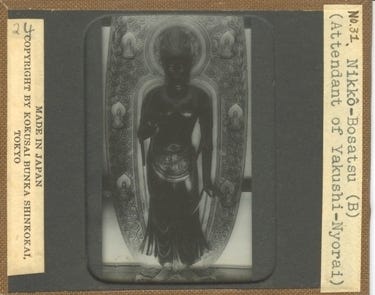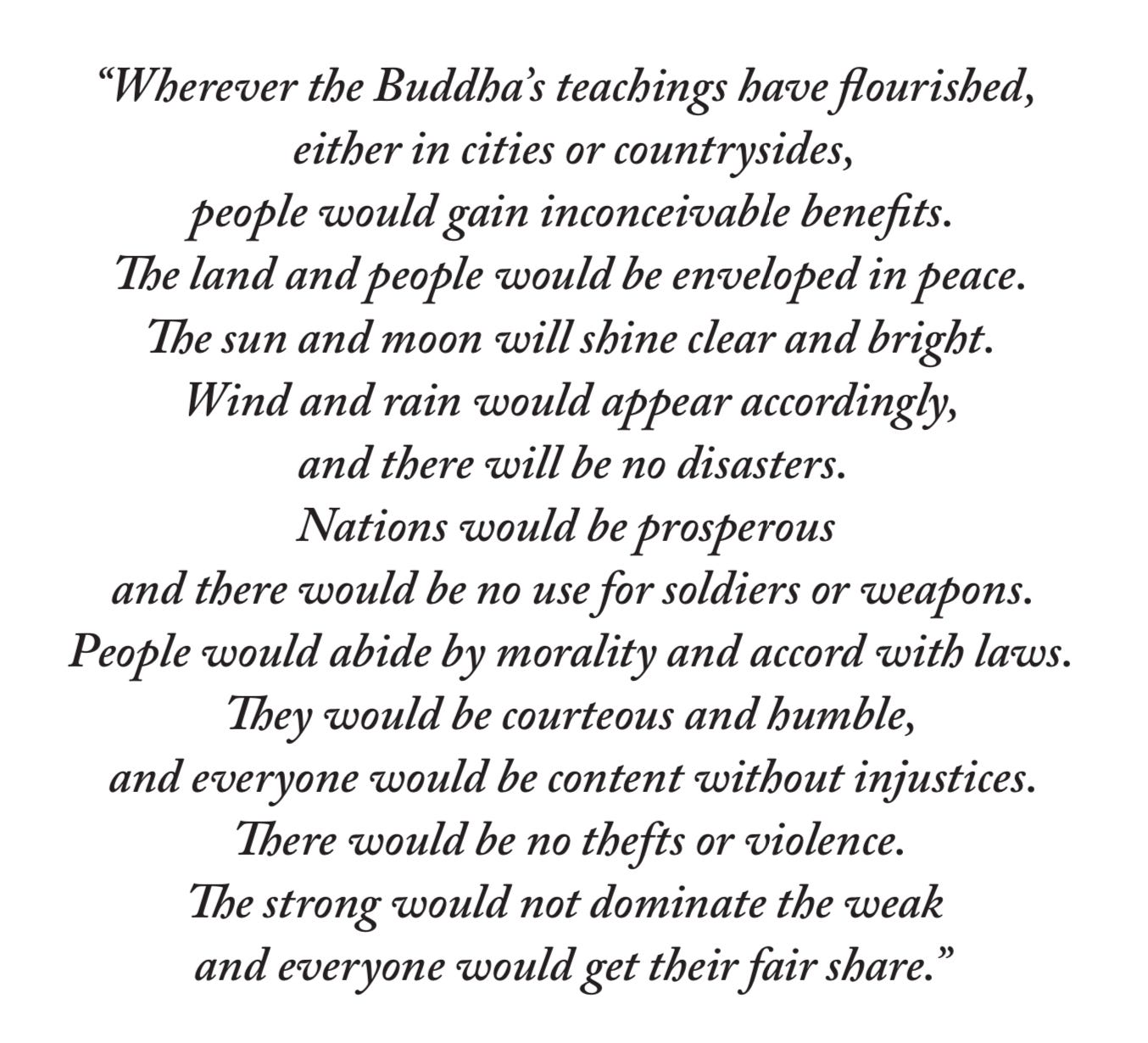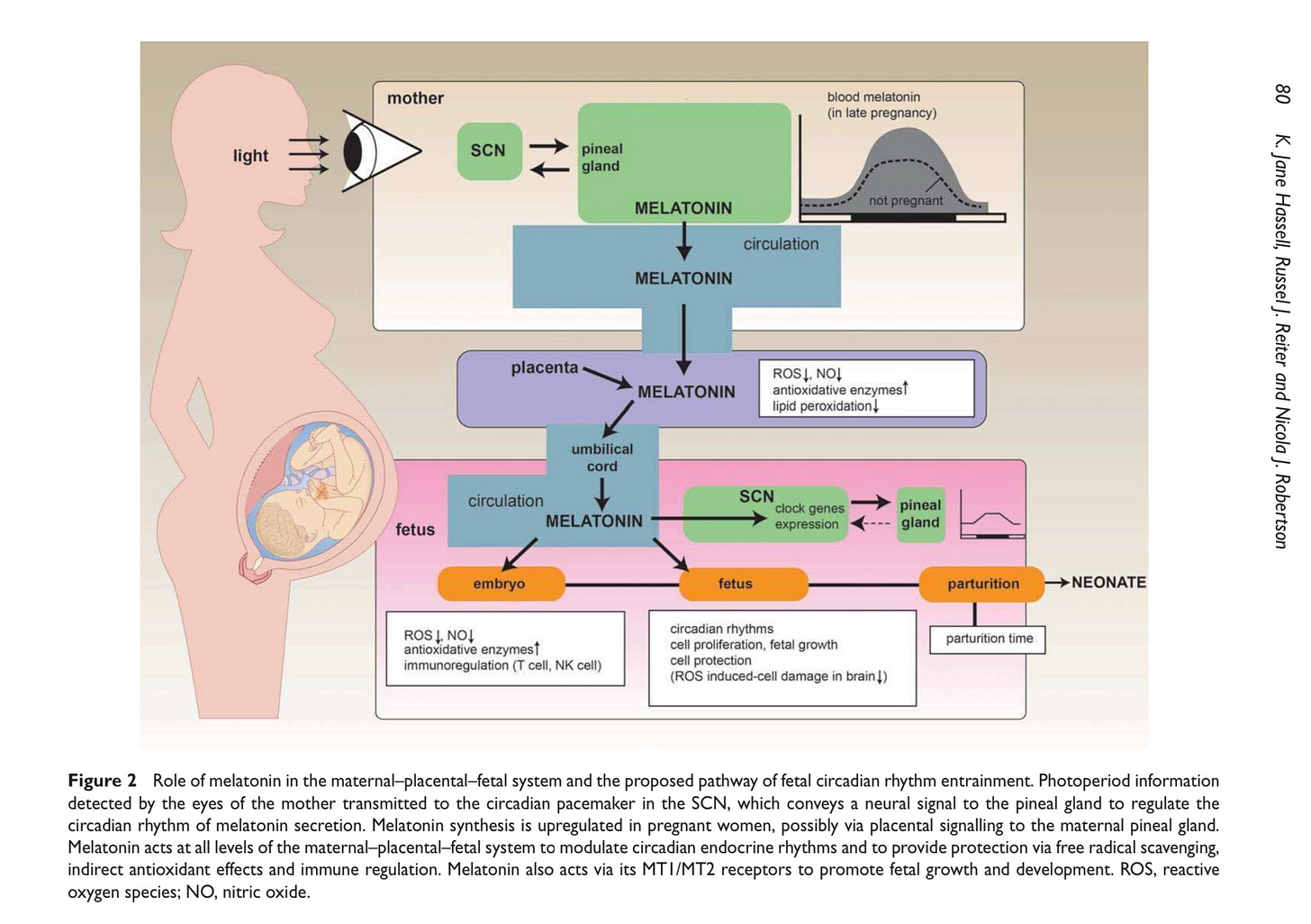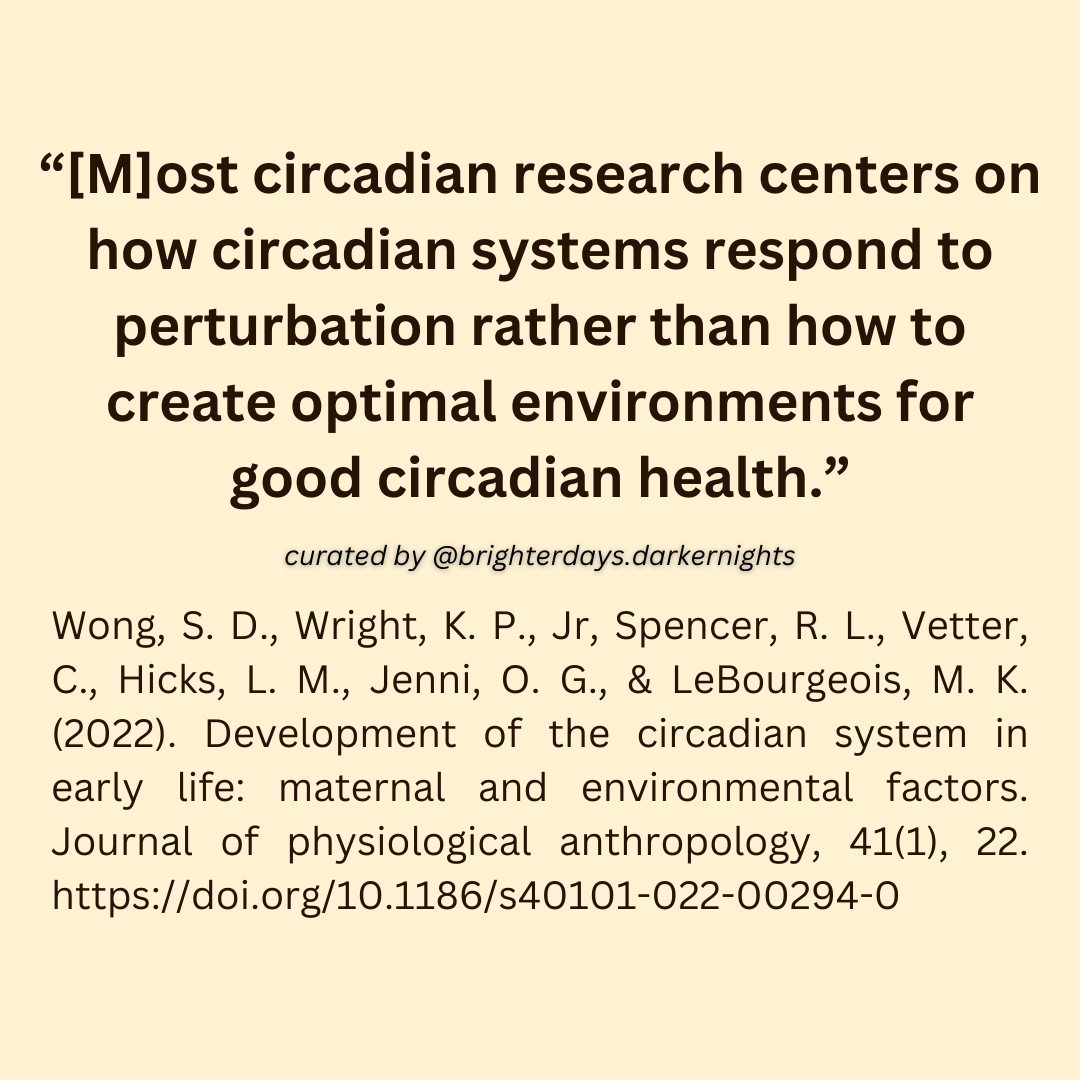Why Brighter Days and Darker Nights matter for fertility, pregnancy and motherhood
New Interview on Taking Back Birth with Maryn Green
Taking Back Birth Podcast by Indie Birth’s Maryn Green
I was late to the podcast game, and I still remember the first podcast I ever listened to back in 2021 shortly after the birth of my 3rd baby… and it was Maryn Green’s lovely Taking Back Birth!
To be invited on the show was a special privilege and honor, and I am very grateful.
I so appreciate Maryn’s careful way with words and her many wise perspectives.
I have learned so much from her through her podcast, classes and learning community, and hope you will make your way into Maryn’s Indie Birth community on Mighty Networks, to hang out with us there too, if you resonate with this.
My namesake, Nikko Bosatsu
Each podcast host brings out new little tidbits from me. One of the things I felt inspired to share here that I don’t think I have publicly shared before is about my connection to my namesake, Nikko Bosatsu.

Nikko Bosatsu is one who seeks enlightenment through sunlight and health, and attends Yakushi Nyorai, the Medicine Master Buddha alongside sibling Gakko Bosatsu, the bodhisattva of Radiant Moonlight.

According to the Medicine Sutra:
Yakushi Nyorai’s mantra in Japanese is:
おん ころころ せんだり まとうぎ そわか On Korokoro Sendari Matōgi Sowaka Simplified Trans.= Om. Heal Heal Hail to You
Born on the Summer Solstice in the twin sign of Gemini, “Ray of Sun” has always felt a fitting name for me and I am grateful to my parents for their careful naming.
Since many do not know about this origin of the name Nikko (most think of it as a pet form of Nicholas), or this thread in Buddhism, I thought it would be interesting to share how it serves as a guiding light to me.
It certainly embodies my goals in the field of quantum biology and sharing the hopeful tidings of the daily merits of returning to an enlightened and prosperous life well-lit by clear sunlight and moonlight.
A clarifying discussion of some of the research I referenced in the interview
I love about this modality it can apply to any age or stage of life, but for those raising children, it’s especially amazing what can happen with real natural light from the very start of life.
One of the questions I stumbled a little bit on this show was “why would a baby need a circadian rhythm of its own in the womb, rather than just relying on its mother?”
This was in response to some conflicting research I have found where some authors report babies beginning to have circadian rhythmicity of their own in the womb and it being disrupted by the mother’s chronodisruption, and other authors report the baby only developing their own rhythmicity after birth.
Why this matters is millions of mothers are indiscriminately using artificial light, taking international flights, working night shift, and habitually eating out of time with the day and the season… all of which disturb their circadian rhythms… without even thinking twice about it.
Culture has been so quick to adopt these new technologies—and just a few short years ago, we didn’t even know about nonvisual effects of life (in the scientific community anyways—obviously, humans have honored sunlight, moonlight, starlight, flame, the Northern Lights, and bioluminescence for all time).
A case study—the only I can find—of newborn circadian development in a baby that was not exposed to artificial light showed much earlier regulation than what we think of as “normal1,” because all circadian rhythm studies have been done inside modern environments (not naturally lit ones).
By much earlier, I mean seeing a sleep-wake rhythm by day 30 compared to day 112.
Think about what a big difference this could make for young families if their babies sleep consolidation was happening 2 months earlier!
Circadian entrainment of the sleep-wake rhythm occurred earlier (day 30) in this study than in Kleitman's study (approximately day 112). We observed high con- centrations of salivary melatonin and the appearance of a melatonin circadian rhythm in this infant by week 7, also earlier than previously reported. Thus, this infant's major biological markers of circadian rhythms, including temperature, were entrained to his time zone before two months of age. Since this study may well be unique in avoiding all artificial light and providing maximal exposure to sunlight, these factors could well have contributed to earlier entrainment, or alternatively, earlier entrainment could be due to individual differences.
furthermore:
Current practices of infant rearing, including the use of artificial light to prolong the day, extending social and visual stimulation beyond their natural limits, could delay circadian development and/or entrainment. Alternatively, maximizing an infant's exposure to photic and social entrainment cues may facilitate entrainment, enhance an early sense of predictability, and develop an appreciation of the invariant relationship between darkness and sleep. It is incontrovertible that practices of infant rearing have pro diverged from the natural rhythms of day and night. The prevalence of infant settling and sleep disorders might not be totally independent of this divergence.
Source: McGraw et al (1999)
We don’t know what we don’t know, but my own experiences experimenting with circadian clues tells me it’s high time to start implementing some better experimental designs at home and in the lab!
Anyways, the conversation with Maryn was wide-ranging and inspirational and I’ve been getting lots of good feedback from people who resonated with these ideas and who have already started experiencing more peace, joy, and rest since listening and making a few little changes at home.
Think about what a big difference this could make for young families if their babies’ sleep consolidation was happening 2 months earlier!
Thank you, again, Maryn for hosting this conversation spanning the Sacred and the Science of circadian health in the birthing year.
Find all the show links on the Indie Birth Podcast Archive:
McGraw, K., Hoffmann, R., Harker, C., & Herman, J. H. (1999). The development of circadian rhythms in a human infant. Sleep, 22(3), 303–310. https://doi.org/10.1093/sleep/22.3.303







